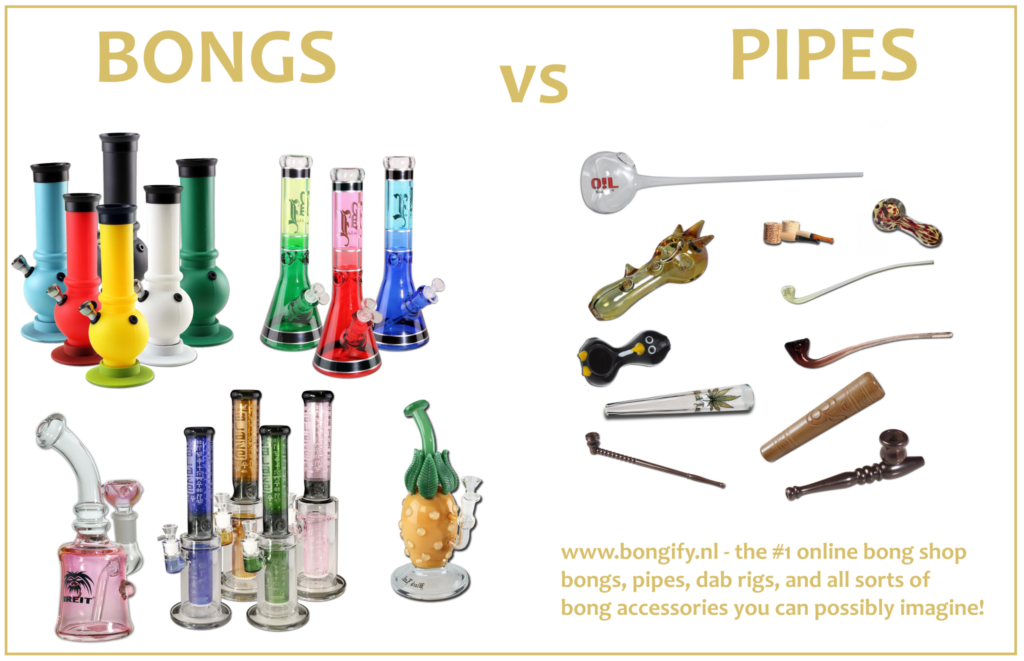
The age-old debate among smokers often revolves around the question of which method produces less odor: pipes or joints. While both can leave behind lingering smells, many believe that pipes tend to have a milder and less pervasive aroma compared to their rolled counterparts. This perception stems from the enclosed design of pipes and the use of specialized tobacco blends specifically formulated for smoking in these devices. However, it’s important to remember that various factors beyond the smoking method itself can significantly influence the overall smell intensity.
This article delves into the nuances of pipe and joint smells, exploring the reasons behind perceived differences, examining factors that contribute to odor intensity, and providing insights into how smokers can minimize unpleasant aromas associated with both methods.
Pipe vs. Joint Smell Comparison
The primary difference between pipes and joints lies in their design and smoking process. Joints involve rolling loose tobacco leaves into a paper cylinder, allowing for direct exposure of the burning material to the air. This open-air combustion releases smoke and odor more readily, leading to a stronger and potentially more noticeable smell.
In contrast, pipes utilize an enclosed chamber where tobacco is packed and ignited. The bowl’s design helps contain the smoke and aroma within a smaller space, reducing its immediate dispersion into the surrounding environment. Additionally, pipe tobacco often contains additives and flavorings that can mask or mellow out the harshness of the burning tobacco, further contributing to a less pungent smell.
Odor Intensity in Pipes and Joints

While pipes are generally perceived as having a milder odor compared to joints, it’s crucial to acknowledge that individual experiences can vary significantly. Factors like personal sensitivity to smells, ambient air conditions, and even the specific type of tobacco used can influence how intense the aroma is perceived.
Furthermore, smoking habits play a role in odor intensity. Frequent smokers may develop a higher tolerance for smoke and smell, while non-smokers or those with heightened sensitivities might find both pipe and joint odors equally unpleasant. Ultimately, the perception of odor intensity is subjective and influenced by a multitude of factors.
Factors Affecting Pipe Smell
Several factors can influence the overall smell emanating from a pipe:
Pipe Material
The material used to construct the pipe bowl can impact odor retention and release.
- Briarwood: This traditional pipe material is porous, allowing for better airflow and potentially reducing odor buildup. However, it requires regular cleaning and maintenance to prevent lingering smells.
- Clay: Clay pipes are less porous than briarwood, which may result in a stronger odor retention. They often have a distinctive earthy aroma that can mingle with the tobacco smell.
Tobacco Blend
The type of tobacco used significantly affects the pipe’s smell.
- Virginia: Known for its sweet and mild flavor profile, Virginia tobacco tends to produce less pungent odors compared to other blends.
- Burley: Burley tobacco has a more robust and earthy flavor, which can result in a stronger aroma when smoked in a pipe.
Smoking Technique
Proper smoking technique can minimize odor intensity.
- Slow and Steady: Smoking slowly and evenly allows for complete combustion and reduces the release of harsh smoke and odors.
- Avoid Overpacking: Packing the bowl too tightly restricts airflow, leading to incomplete burning and potentially stronger smells.
Tobacco Blends for Pipes

Pipe tobacco is specifically formulated for smoking in pipes and often contains additives and flavorings that contribute to a milder and more enjoyable aroma.
- Virginia Blends: These blends typically feature Virginia tobacco as the primary ingredient, known for its sweet and smooth taste with minimal odor intensity.
- English Blends: English blends often incorporate darker tobaccos like Burley and Oriental, resulting in a richer and more complex flavor profile that can have a stronger aroma.
Cleaning Practices for Pipes
Regular cleaning is essential to minimize odor buildup and maintain the freshness of your pipe.
- After Each Session: Remove any remaining tobacco from the bowl and gently clean it with a pipe cleaner or brush.
- Deep Cleaning: Periodically soak the pipe in warm soapy water to remove stubborn residue and odors.
Conclusion
While pipes are often perceived as producing less odor compared to joints due to their enclosed design and specialized tobacco blends, individual experiences can vary significantly based on factors like personal sensitivity, ambient conditions, and smoking habits.
By understanding the nuances of pipe and joint smells, choosing appropriate tobacco blends, practicing proper smoking techniques, and maintaining regular cleaning routines, smokers can minimize unpleasant aromas associated with both methods and enjoy a more pleasant smoking experience.
